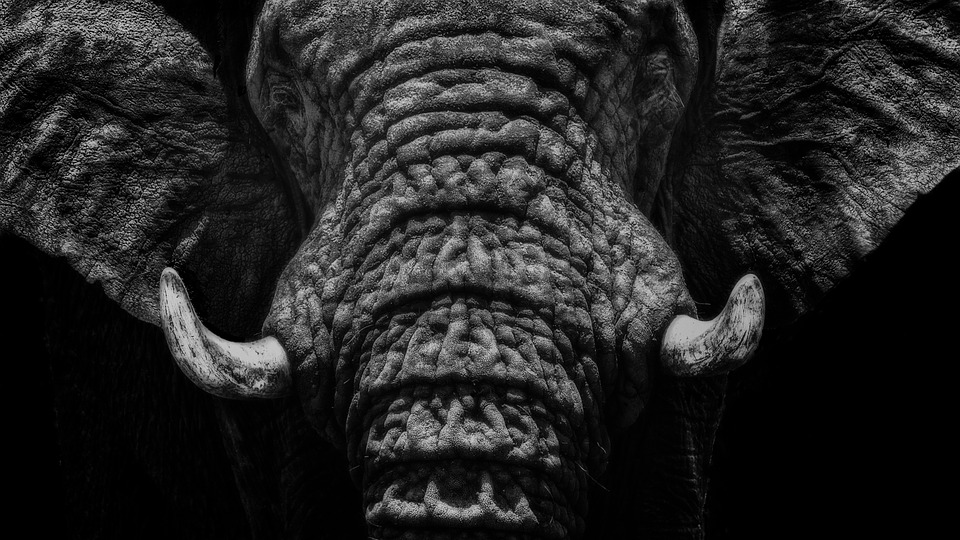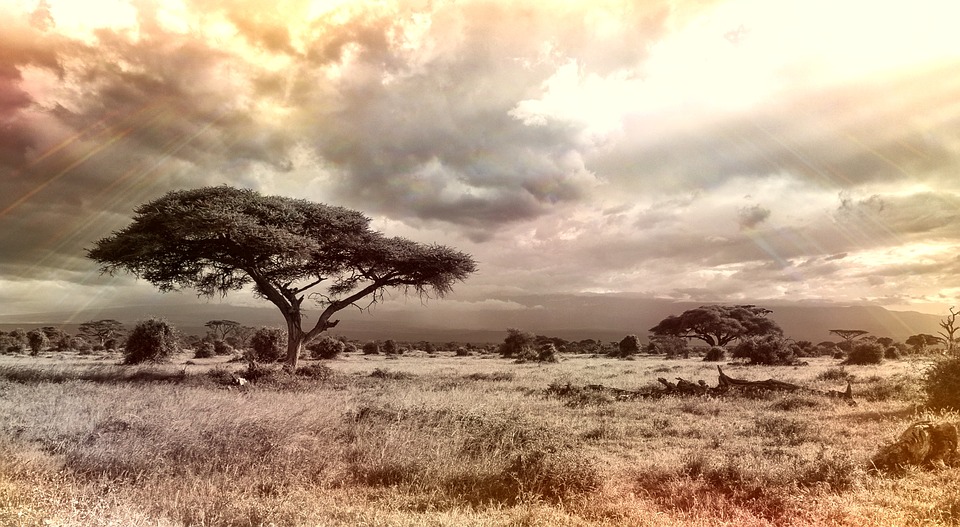 It’s not only that our children’s children may never see an elephant in their lifetime, but more so that losing an animal of such environmental impact could cause a lot more damage than we even know. Imagine a world where wildlife only exists on the internet? Would we even be able to survive without the keystone species that keep the environment alive?
It’s not only that our children’s children may never see an elephant in their lifetime, but more so that losing an animal of such environmental impact could cause a lot more damage than we even know. Imagine a world where wildlife only exists on the internet? Would we even be able to survive without the keystone species that keep the environment alive?
Derived from architectural jargon, a “keystone” plays a vital role in the construction of an arch. While the keystone sustains the least pressure of all the stones in the construct – the arch would completely collapse without it. This concept accurately describes the sensitive relationship between our wildlife and our ecosystem. These ‘keystone’ species play a critical role in maintaining the ecological framework and community, which in turn affects many other organisms in the ecosystem.
Without these species, the ecosystem’s architecture would collapse – dramatically changing the balance of life and in some instances – making it cease to exist altogether. This concept is put under immense threat with the ever-growing poaching and illegal animal trade.
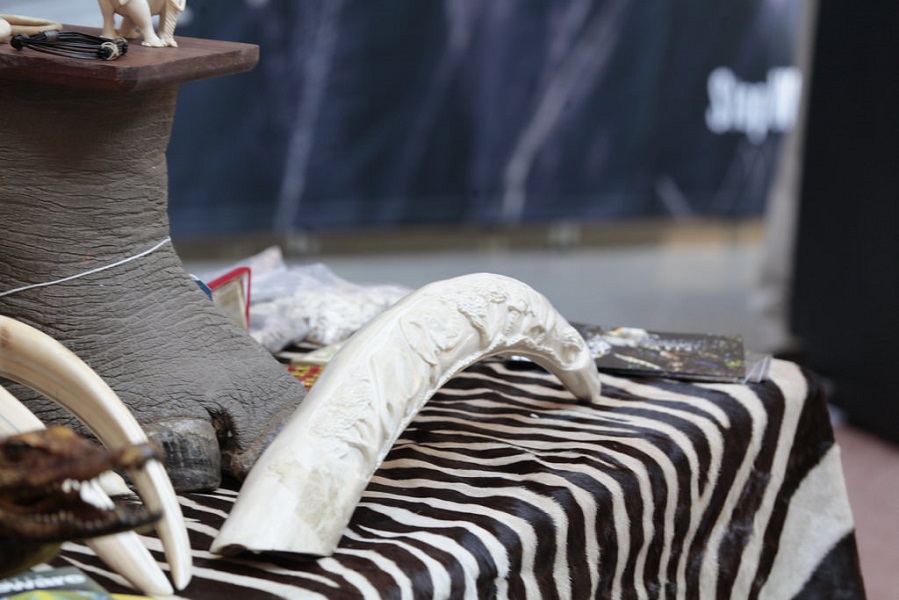
The Illegal Global Wildlife trade is estimated to be between $10-20 billion per year
Rhinos are not only considered as ‘megaherbivores’ – large herbivores typically weighing more than a thousand kilograms – but they’re also recognised as a one of these keystone species, having a pivotal role in the ecosystem. Rhino grazing maintains the Savannah grasslands, but why is this important?
Grasslands sustain several species whether directly as a source of nutrition, or more indirectly by sustaining the predators’ food source, but that’s not all. Grasslands also function as a ‘carbon sink’. A carbon sink is something that’s known to absorb more carbon compounds (like carbon dioxide) than what they release. These grasslands can store carbon compounds for an unlimited amount of time, and in return – compounds like carbon dioxide help plants and grasslands to grow. Conserving these grasslands is a necessity for the environment, and the one way to conserve it is by conserving our megaherbivores like the rhino.
In a study conducted in the Kruger National Park in 2014, research showed that the decline in the rhino population had already had a measurable effect on the structures and composition of the grasslands. By choosing certain plants over others, rhinos increase biodiversity by giving other species of plants the ability and space to grow. According to Minister Edna Molewa from the South African department of Environmental Affairs, 1 028 rhinos were poached during 2017, averaging three rhinos killed every day.
By choosing certain plants over others, rhinos increase biodiversity by giving other species of plants the ability and space to grow. According to Minister Edna Molewa from the South African department of Environmental Affairs, 1 028 rhinos were poached during 2017, averaging three rhinos killed every day.
South Africa has the largest population of rhino in the world, and in the last decade they’ve become one of the biggest targets for poachers – totaling a staggering 7 245 rhino killed within the last ten years.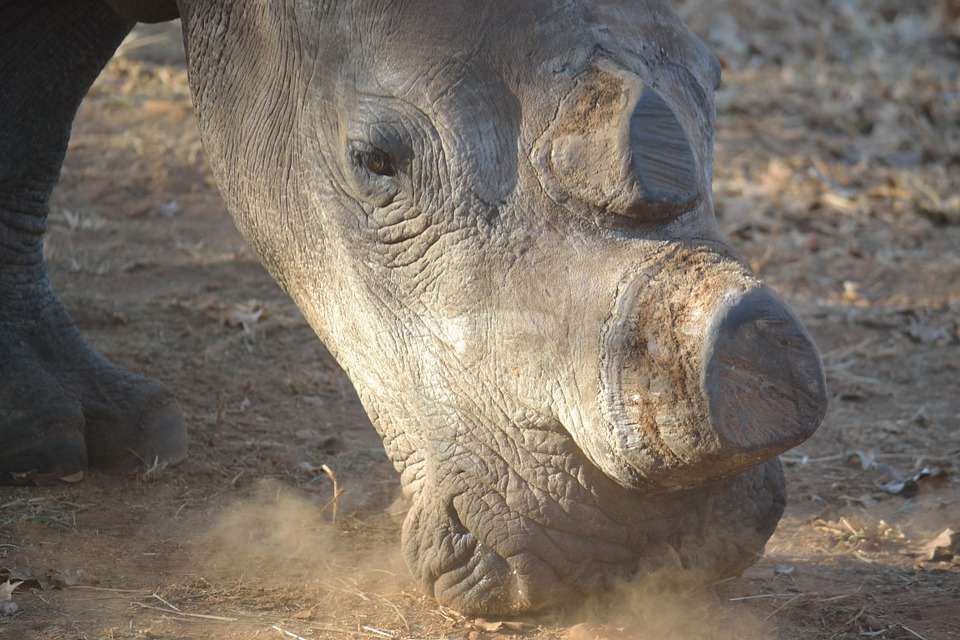
Another keystone species threatened by poachers is the African Elephant. During 2015, 22 elephants were killed in the Kruger National Park, which increased to 46 elephants in 2016. In 2017 alone, a terrifying 67 elephants fell victim to the illegal ivory trade. China is the largest contributor to this trade, recorded to be paying up to $730 per kilogram of ivory during 2017.
Even on the off chance that an elephant survive the horrible violation of poaching – they are left without the tools to defend themselves, or to find and gather food – let alone the emotional trauma caused to these sensitive gentle giants.
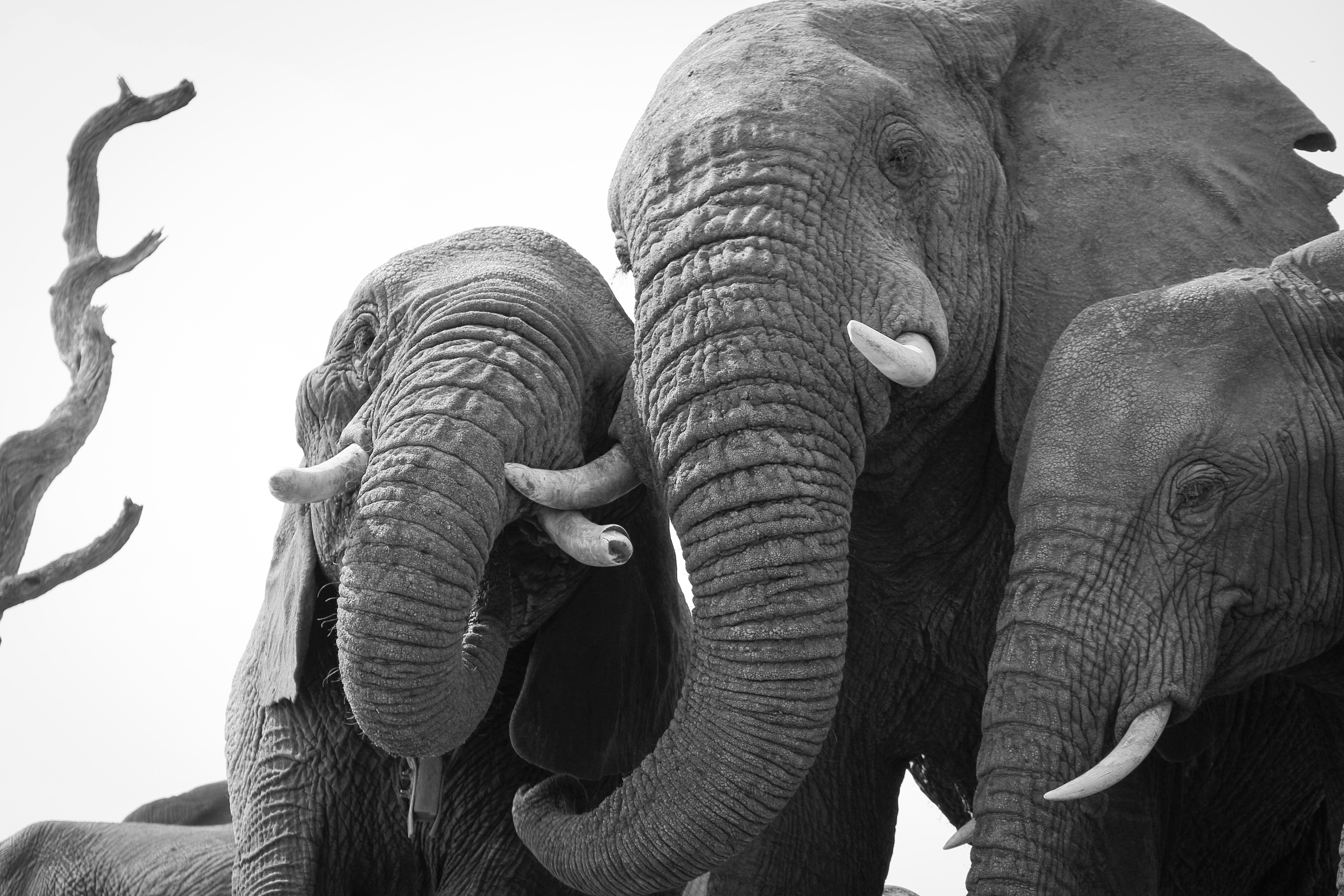
When the inevitable drought hits the dry plains and desserts, elephants use their tusks to dig for water, which they can locate from more than 19 kilometres away. This not only allows elephants to survive but also provides water to other animals that share these harsh environments. The healthy appetite of an elephant helps to create pathways through dense vegetation which is then used as passage for other animals.
Elephants also contribute to the diversity of plant life as their dung is filled with various digested seeds which are then deposited on the ground with their very own source of fertiliser – growing into new grasses, bushes and trees. Elephant pathways also act as natural firebreaks and enable water run-off. Their destruction of trees and shrubs open the fields for other species to survive. They also use their tusks to dig up ground minerals, then allowing other animals access to the vital minerals that their diets lack.
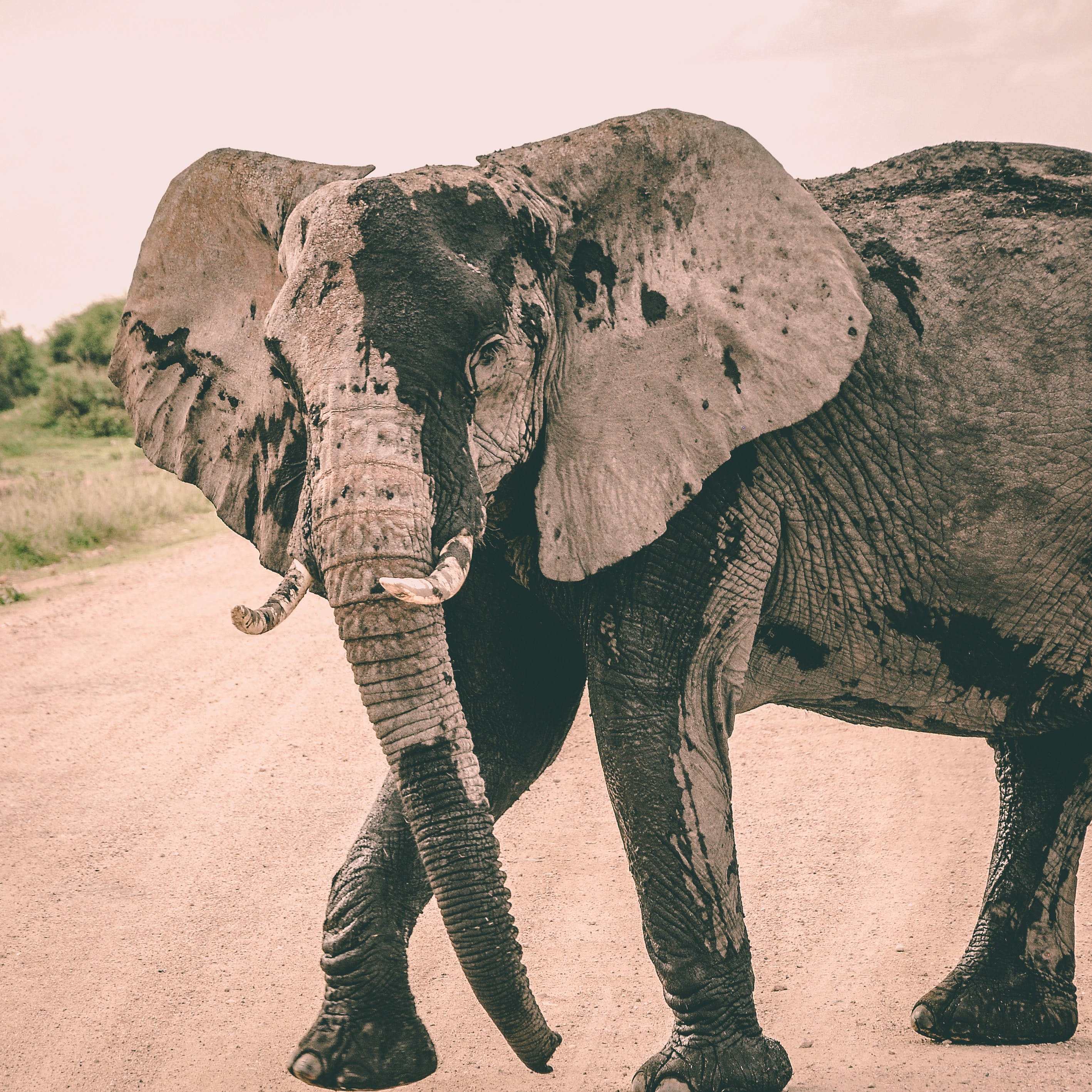
Without elephants or rhinos, biodiversity in vegetation would crumble. Many animals would die of thirst, and many plants would not grow if elephants were to go extinct. Thanks to the maintenance sustained by these vital creatures, other animals can thrive in the same areas; lions, leopards, giraffes, zebras and many more – which in turn helps South Africa to host a flourishing eco-tourism industry.
Rhino and elephant are icons of Africa, and without them, not only would the environment suffer a great deal, but eco-tourism would also crash under this tragedy, leading to economic issues on top of it all.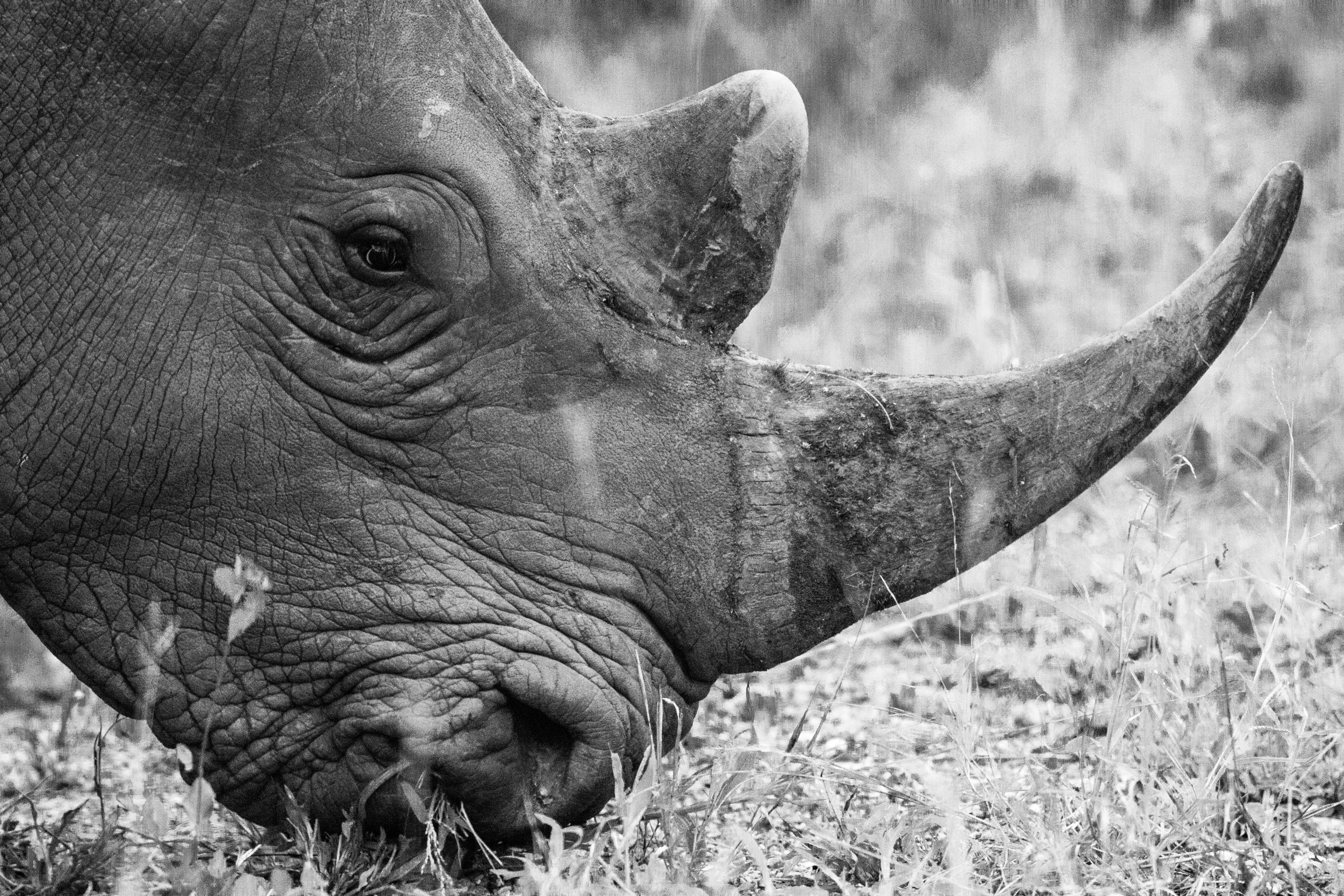
It’s clear that poaching is not only a danger to the existence of our beloved icons of Africa, but to the country’s infrastructure, and the biodiversity of the environment. Act NOW before it’s too late.
